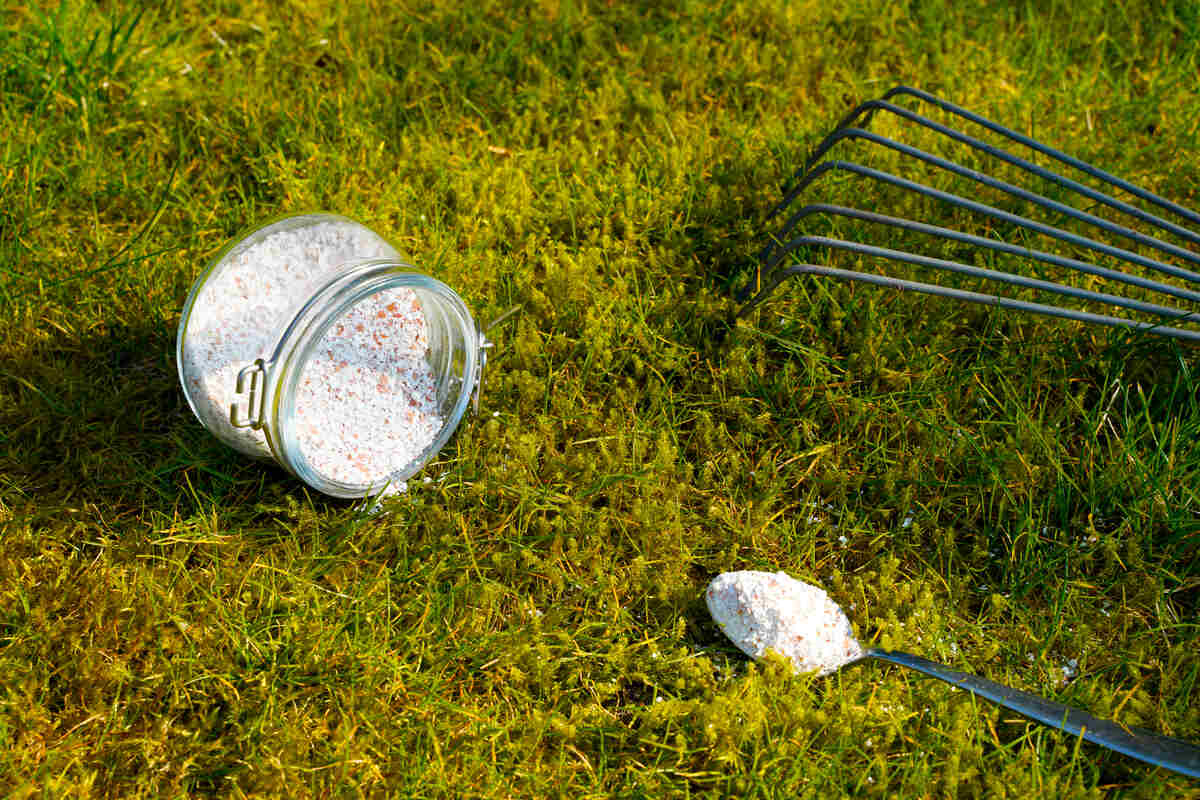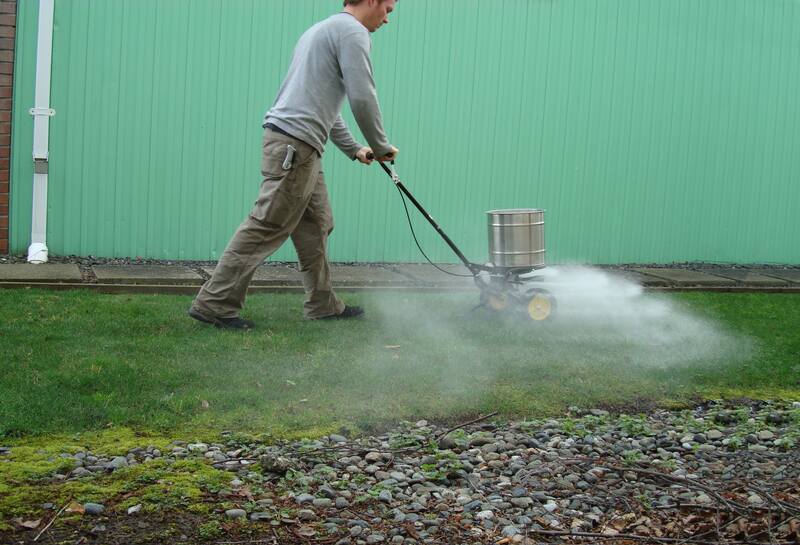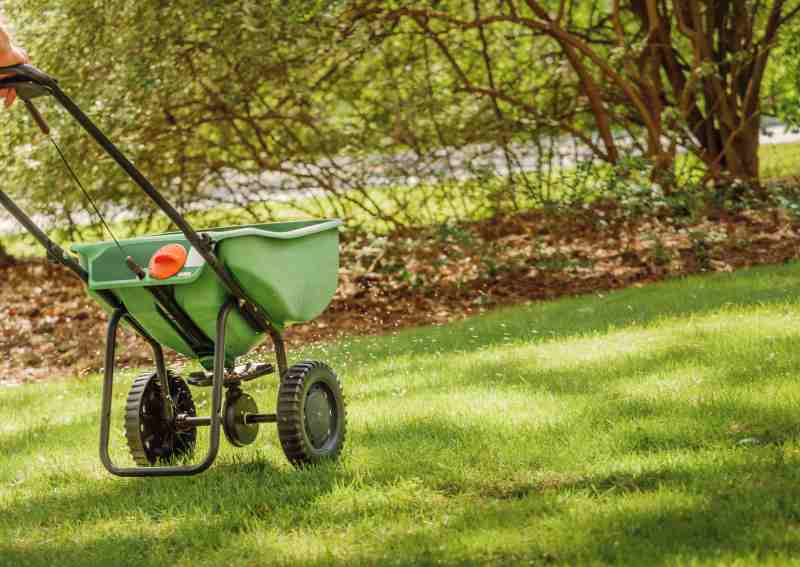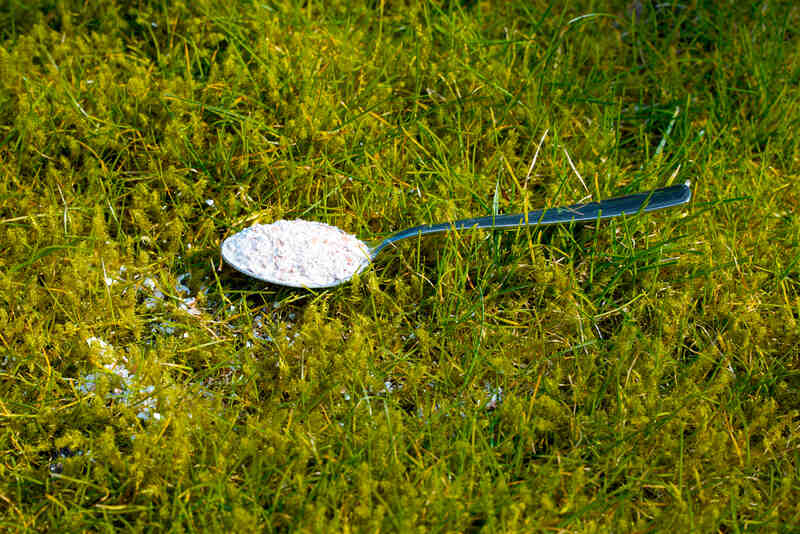
While planning your spring lawn care tasks, you might wonder if it’s possible to apply lime and fertilizer at the same time. It is. Tackling these jobs together saves time, but it’s important to understand the science behind these two lawn treatments before combining them.
Lime and fertilizer serve different purposes in lawn care. Lime works to adjust soil pH, creating an optimal environment for grass growth, while fertilizer provides essential nutrients that grass needs to thrive. When these treatments interact, timing becomes crucial for achieving the best results for your lawn.
In this article, we’ll explore the relationship between lime and fertilizer applications, examine the benefits and potential drawbacks of applying them together, and provide practical guidance for homeowners who want to maximize the health and appearance of their lawns while also saving time.
What is Lime?
Lime is a naturally occurring mineral found in limestone and chalk, which are powdered to make the agricultural form of lime applied to lawns and crops. Lime is added to soil to raise the pH level and make the soil less acidic. There are two basic types of agricultural lime:
- Calcitic Lime: The more common type of lime. Calcitic lime, which is primarily composed of calcium carbonate, adds calcium to the soil to help balance pH levels.
- Dolomitic Lime: Dolomitic lime is a type of lime that contains magnesium carbonate in addition to calcium carbonate. It adds magnesium to your soil and helps its pH balance.
Lime has many benefits for your lawn in addition to neutralizing your soil’s pH balance. For example, nutrients become more available and easily soluble for your plants as a result of the reduced acidity. Lime also encourages beneficial organisms in your lawn such as microbes and earthworms. Lime can even improve soil structure by breaking down clay particles.
Is It Safe to Use Lime and Fertilizer at the Same Time?

Professionals generally agree that you can apply lime and fertilizer simultaneously without issues.
That’s not to say that every fertilizer treatment should be accompanied by a lime application. Lime should only be used as necessary to correct the pH balance of your soil. Before using lime, always get a soil test to tell you if it’s necessary and, if so, how much to use.
Do Lime and Fertilizer React With Each Other?
No, fertilizer and lime don’t typically react with each other in a way that can harm your lawn, so rest easy. It can take several months for lime to fully work, whereas most fertilizers take only a few days.
Just about the only concern when it comes to mixing lime and fertilizer is nutrient loss. In an article published by Oregon State University, researchers Tom Cook and Brian McDonald note that fertilizer that contains ammonium nitrate or urea will react with the lime and form ammonia gas in a process called ammonia volatilization. This causes the ammonia to evaporate and be wasted.
Even still, this reaction doesn’t harm your lawn, they conclude. It’s easily avoided by using a fertilizer that doesn’t contain urea.
Benefits of Applying Lime and Fertilizer at the Same Time

The main benefit of applying lime and fertilizer together is time savings. Applying lime and fertilizer simultaneously means that you only need to dedicate one day to lawn care. You can also save money if you’re receiving a professional application.
Another benefit is offsetting the acidity that your fertilizer will introduce. Even if lime takes a while to do its job, it can still neutralize the acidity caused by your fertilizer over time.
Finally, you can expect increased nutrients in your soil. While many fertilizers contain calcium and magnesium, not all do, and lime can add them to help your lawn absorb other vital nutrients.
Benefits of Applying Lime and Fertilizer Separately
There’s also no harm in applying lime and fertilizer separately. In fact, spacing out your applications by about seven to 10 days can have benefits for your lawn. For example, since lime is slow acting, applying it first will give it more time to raise your soil’s pH ahead of an acidifying fertilizer.
Lime also makes the nutrients in your soil more available, which increases the effectiveness of your fertilizer. If you apply fertilizer before lime, your soil will already have nutrients in the ground for the lime to free up. Your grass and its roots will enjoy a little extra boost following your lime application.
Finally, if your soil needs ammonia, spacing out your lime and fertilizer applications will help avoid losing that ammonia to volatilization.
How to Apply Fertilizer and Lime Together

If you choose to apply lime and fertilizer simultaneously, do it right to avoid damaging your lawn. Follow these steps:
- Get a Soil Test: The first step in using lime is figuring out if you actually need it, and how much to use. A soil test will also help you choose the right lawn fertilizer for your lawn.
- Choose Your Spreader: A drop spreader or broadcast spreader works best when applying lime. Use granular fertilizer and granular lime for best results.
- Apply Your Mixture: A crisscross pattern to ensure even coverage of both the lime and fertilizer. Lime does not move in your lawn, so even coverage is especially important for it.
- Water Your Lawn: Both fertilizer and lime need to be watered in to be effective and avoid fertilizer burn.
It’s also important to know what not to do. Never apply lime during extreme heat or if your lawn is experiencing drought stress. You also should not apply fertilizer or lime on wet grass, since it can cause uneven application.
For more information, read our article Lime for Lawns: Why, When, and How to Lime a Lawn
FAQ About Lime & Fertilizer
The exact best time to apply lime varies depending on your grass and soil. In general, the best time of year for cool-season grasses like fescue and ryegrass is fall, while the best season for warm-season grasses is late spring or fall.
There are a number of factors that can make your soil acidic. For example, fertilizer lowers the pH balance over time. Heavy rainfall can also leach nutrients out of your soil that would prevent the pH level from dropping. Finally, decomposing organic matter in your soil also contributes to the lowering of soil pH over time.
No. Fertilizer burn is caused more by excessive nitrogen and salt than acidic soil, so lime won’t do much good. In addition, lime acts too slowly to make much of a difference in helping your lawn recover from fertilizer burn. You’re better off watering out the excess nitrogen and waiting than applying lime.
For more information, read our article on How to Fix Fertilizer Burn.
Find Your Lawn Professionals Today
Lime and fertilizer can both be applied together so long as you use them both properly. Take the proper steps to prepare your lawn and help it get the most out of your lime and fertilizer.
If you need lawn help, contact lawn care pros near you. They can mow your lawn for you so that you don’t have to worry about it, and take care of your lime and fertilizer applications.
Main Image Credit: SimmyN / Adobe Stock